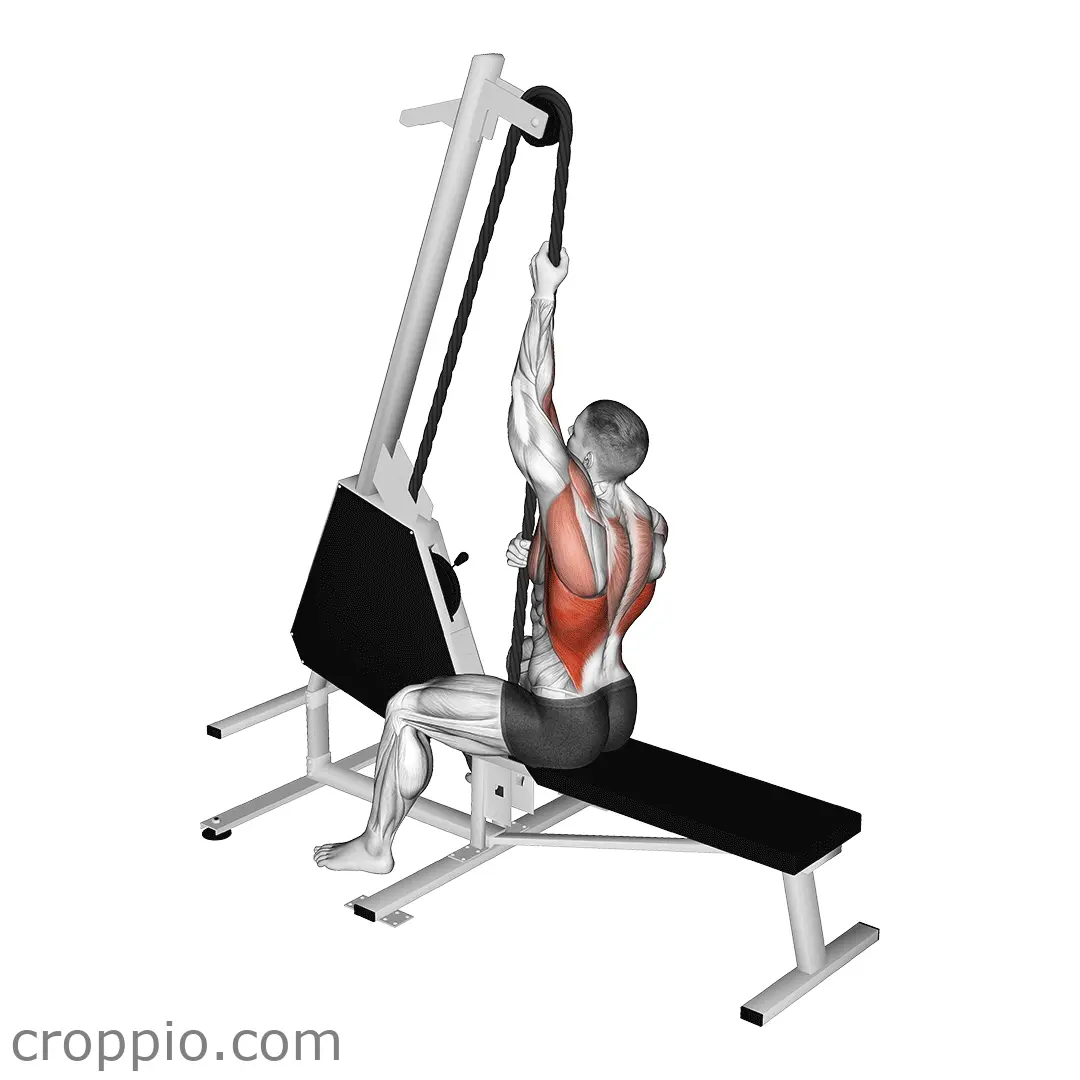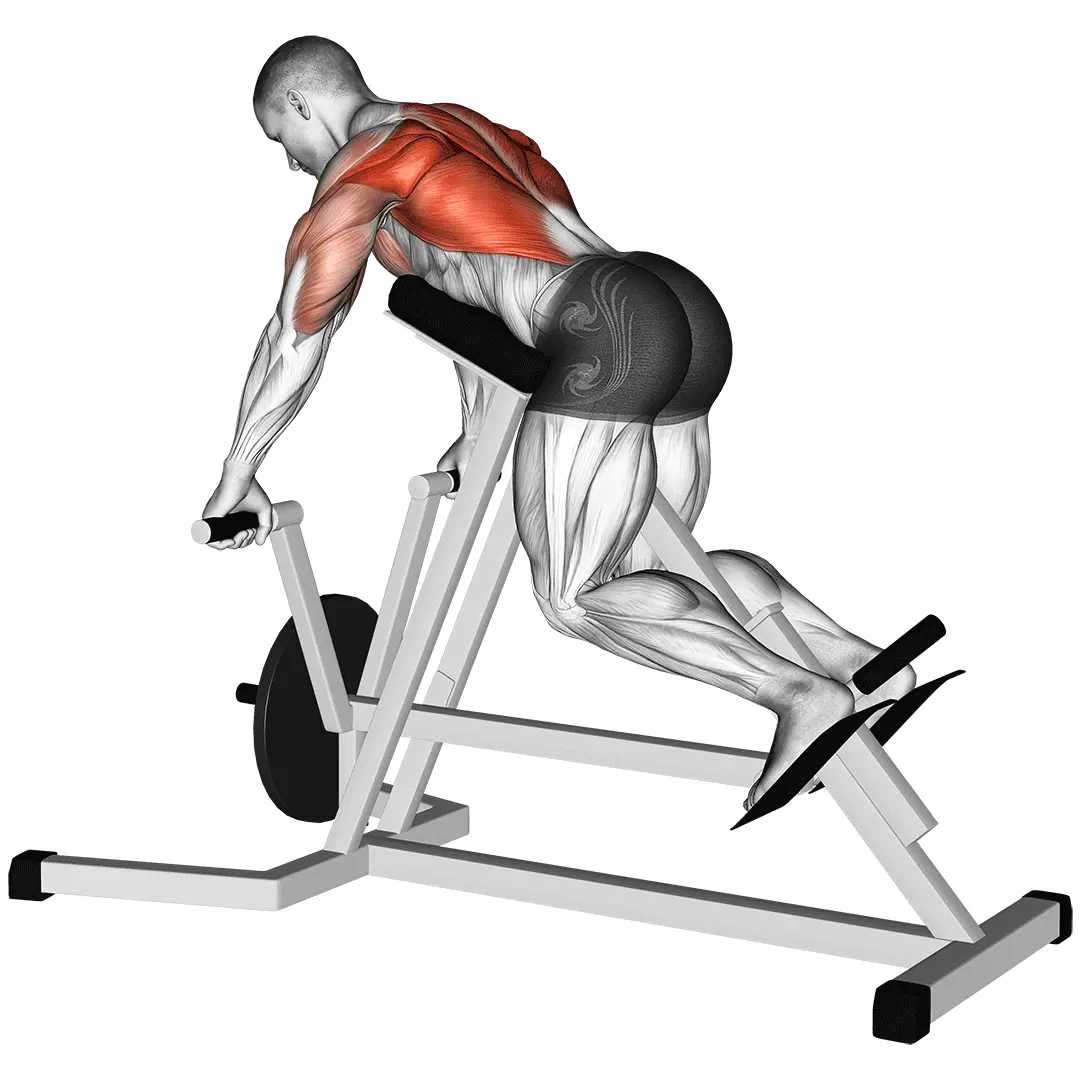Hanging Lat Stretch

Muscles Involved
The hanging lat stretch primarily targets the latissimus dorsi muscles, which are located on the sides of your back and are essential for upper body movement and stability. This effective stretch also involves the teres major and the trapezius muscles, aiding in the overall mobility of the shoulders and upper back. Secondary muscles engaged during this exercise include the rhomboids, deltoids, and even the biceps, as they work to stabilize the arm and shoulder joint while you hang.
Top Mistakes
- Overextending the back: Many people try to push their bodies too far, leading to hyperextension of the spine instead of a proper stretch on the lats.
- Letting go of grip: Some may lose grip on the bar, which can lead to a sudden jerk or fall, negating the benefits of the stretch.
- Not engaging the core: Failing to engage the core can result in improper alignment and stress on the lower back.
- Holding breath: Neglecting to breathe naturally can restrict the effectiveness of the stretch and cause unnecessary tension.
Execution Tips
- Choose the right bar: Select a sturdy bar at a height that allows you to comfortably hang without your feet touching the ground.
- Grip properly: Use an overhand grip slightly wider than shoulder-width apart to maximize the stretch.
- Engage your shoulders: Before hanging, pull your shoulders down and back, ensuring that your shoulders are away from your ears.
- Keep the body relaxed: Allow your body to relax in the hang position, letting gravity do its work as you focus on deep breathing.
Workouts
The hanging lat stretch can be incorporated into your workout routine as part of a dynamic warm-up or a cooldown. Aim for 2-3 sets of 20-30 seconds of hanging, allowing for 30 seconds to a minute of rest in between. For a complementary routine, consider pairing it with upper body strength exercises such as pull-ups, lat pulldowns, or bent-over rows, as this can enhance flexibility and reduce muscle tightness after intense workouts.
Conclusion
The hanging lat stretch is a highly beneficial exercise for improving flexibility and range of motion within the shoulders and back. Regular practice can alleviate tension in the lats and promote better posture, making it an essential component of a balanced fitness regimen. By maintaining good form and avoiding common mistakes, individuals can enjoy the full benefits of this stretching technique.



